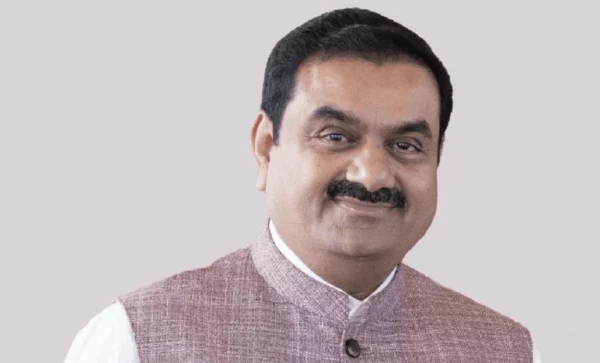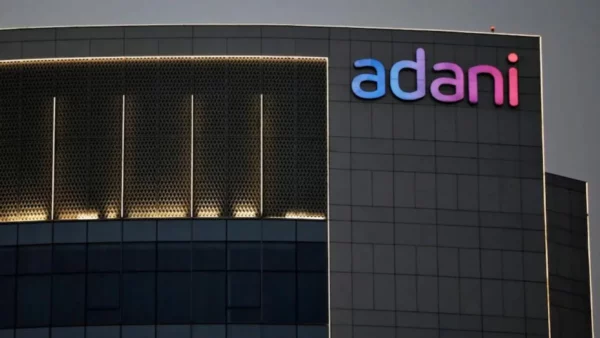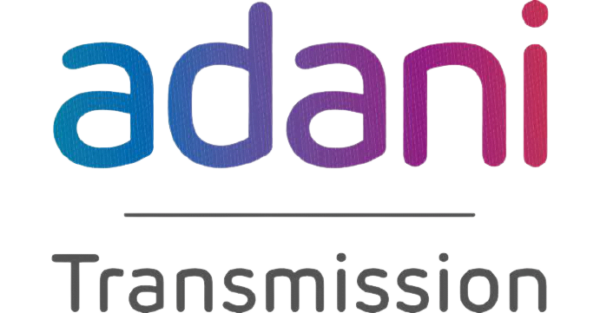Despite Having Existing Loans, Why is Adani Group Asking for 14,000 Crore loan from SBI Even After Becoming World’s 4th Richest Person

Adani group has dominated its presence across India throughout the last five years. Apart from being the country’s largest private port operator, the Adani group is even a coal importer, coal miner, private power producer, city gas distributor, and importer of edible oils. Moreover, the group has even expanded its airports, urban management, small and medium sector lending, power transmission and distribution, data centers, and many more. 
Despite being the largest behemoth of the Indian economy, the Adani group lacks the influx of cash mechanisms that helps them to fund their revenue plans.
Despite owing preexisting loans to the government, why is the Adani group asking for new loans worth 14000 Crore to SBI?
In March this year. The Adani group received a loan of Rs12,770 crore from the SBI for planning a greenfield international airport project in Navi Mumbai. The loan was secured by a subsidiary of the group.
The Gautam Adani group has asked for a 14,000 crore loan to build a new plant at Mundra in Gujarat. The team has approached the bank of India. The terms of the loan are finalized to be a 15-year framework.

Sources have stated that SBI will keep around 5000 crores of loans in its accounts. However, SBI and the Adani Group have not opened up about the matter to the public yet.
Sources reveal that a new plant is being planted at Mundra to make polyvinyl chloride (PVC) from coal. The plant would even be a part of the Adani Group’s plan to develop a petrochemical cluster at Mundra.
It is estimated that the plant will have a production capacity of 2,000-kilo tonnes per annum (KTPA)and will make products like Emulsion PVC, Suspension PVC, and chlorinated PVC. In an annual report for 2021, the company stated that the Mundra plant will develop a total capacity of 20 lakh metric tonnes of PVC in a phased manner. The projects will be completed by the first phase and are expected to be commissioned by 2024.
Why has Adani Group approached SBI for a new loan instead of paying the previous loans?
The Adani Group owns six listed companies that have an annual turnover of Rs77,000 crore and had operating profits of Rs 20,141 crore in 2017-18. After subtracting the interest payments, tax, and other charges, the profits earned by the company estimates to be at Rs 3455.34 crore.
Despite having a relatively small amount as its profit, the Adani group is expanding aggressively with each company growing at its own defined pace.
Since the Adani group does not have a cash engine for generating revenue to fund their projects, their finances are funded by internal accession in the businesses as well as external borrowings from the traditional financial markets and the capital markets.
The main goal of the group is to increase the raising revenue from overseas. Apart from it, the group also raises money from India that including bank loans, borrowing against shares, borrowing shares, and pledging assets.
The revenue circulates within the group through continuous related party transactions or transactions between companies that are connected.
Adani group subsidiaries loan money by offering the shares they hold in the listed companies as security. Sometimes, the borrowings are used by the Adani group to get shares in the sister companies.
The five ways by which the Adani group raises revenues to fund their businesses:
- Adani Group purchases shares in other business firms even if they are not connected to the parent group: One example that Adani Group companies invest in other group companies that are unrelated in business can be seen in the financial statements of Adani transmission, one of the six listed companies of the subsidiary group.
In 2015-2016, Adani Properties, a subsidiary of Adani enterprises purchased a 9.05% sock in Adani Transmission even though the two firms are unrelated in business. The next year, another group company of Adani named Parsa Kente Rail Infra purchased a 9.05% stake in Adani transmission. In the subsequent year, the latter company was renamed Adani Tradeline and continued to hold a stake in Adani transmission.

Even though Adani Enterprise deals mostly with coal but also provides finances for the group’s ventures. Investments made in the companies are based on perpetual equities. Perpetual equities are a form of equity that promoters can buy back whenever they want from the promoter. This will even benefit the promoter as they will even receive money if the equity is raised.
2. The second strategy utilized by the company is that it uses borrowed funds to buy equity in other group firms: The subsidiary of Adani Enterprises raises a high quantity of funds for the group. The loans are raised by offering shares in group companies as security.
A fraction of the money is used to pay previous loans. The major issue of concern in the strategy as tipped by a member of the Union Board of India stated that Adani Infra is able to borrow despite being highly indebted. The company has continued borrowing in spite of being overburdened by the loans.
Most companies follow the debt-to-equity ratio of 1:3. However, the ratio showcased by the Adani group turns out to be 1:107.
3. Group Companies lend to each other: During 2014 and 2018, there were numerous money transfers among Adani Transmission, Adani Enterprises, Adani Infra, and Adani agniFresh. The trend has been visualized repeatedly in Adani Transmission where the company collected loans from its subsidiaries and collected money it had lent to other group companies.
4. Some portion of the revenue is transferred from step-down subsidiaries to other holding companies:
Adani Transmission India which is a subsidiary of Adani transmission has borrowed 2794.24 crores by staking all immovable and movable assets of two transmission lines. Almost half of the amount borrowed by the company went as a loan to another listed company: Adani Enterprises.
5. Adani group raises revenues and debts from overseas:
In 2018, Adani Group raised a sum of 5000 to 6000 crore INR by selling equities in companies like Adani ports. The equities were purchased by many international investment management companies like America’s Capital Group and Singapore’s Temasek Holdings.
In addition, the group has raised equity from offshore funds like Universal Trade and Investments which has invested in Adani Green Energy.
Oversea borrowing has its own limitations. One of the factors that limit borrowing is currency fluctuations. If the valuation of the rupee falls, the company’s borrowings will reduce dramatically.
But Adani’s finances are mostly dependent on dollar denominations. The group tries to avoid the risk of reducing the company’s borrowings by making investments.
In spite of following the different strategies, now the question arises if the Adani group will be able to repay the loan given by SBI.




